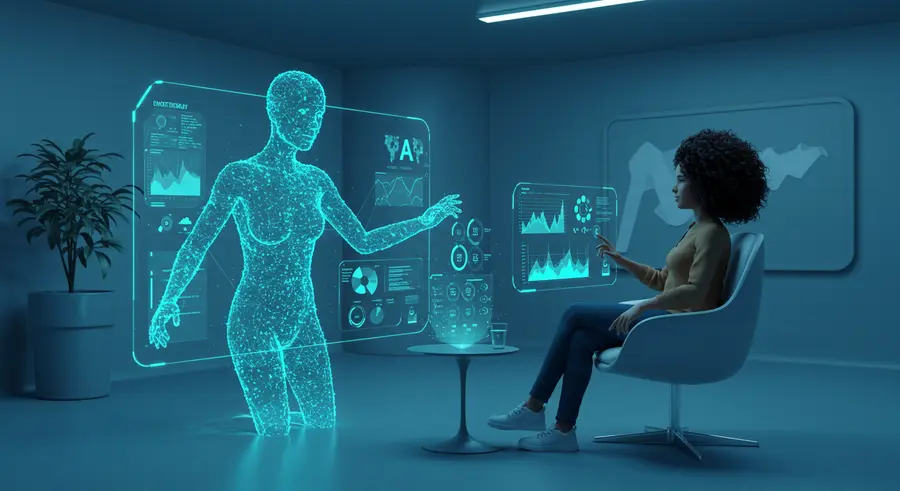The Dawn of Intelligent Interaction
The field of Human-Computer Interaction (HCI) is undergoing a profound transformation with the rise of Artificial Intelligence. Beyond static layouts and predefined functions, AI is enabling interfaces that can learn from user behavior, adapt to context, and even anticipate needs. This new paradigm of AI-driven adaptive interfaces promises a future where technology is not just a tool, but an intuitive companion that understands and responds to us on a deeper level.

Imagine a smart home system that adjusts lighting and temperature based on your mood, or a financial dashboard that highlights key market sentiment changes even before you explicitly ask. These are not distant dreams but increasingly tangible realities, powered by machine learning algorithms that process vast amounts of data to infer user preferences, emotional states, and contextual cues.
How AI Powers Adaptation
Machine Learning for Personalization
At the core of adaptive interfaces lies machine learning. Algorithms analyze user interactions, historical data, and real-time inputs to build comprehensive user profiles. This includes everything from preferred input methods and common tasks to more subtle aspects like cognitive load and emotional responses. This data allows the interface to dynamically adjust its presentation, functionality, and even its communication style to better suit the individual user.
Context-Aware Computing
Adaptive interfaces excel at context-awareness. They leverage sensors, location data, time of day, and even external information (like weather or news) to modify their behavior. For example, a navigation app might not just provide directions, but suggest alternative routes based on your driving habits, current traffic, and even your typical schedule, all without explicit input.
Predictive Interactions
One of the most compelling aspects of AI-driven interfaces is their ability to predict user intent. By analyzing patterns, these systems can anticipate what a user might want to do next and proactively offer relevant options or information. This minimizes effort and streamlines workflows, making interactions feel seamless and highly efficient. Consider an email client that suggests replies based on the content of incoming messages, or a design tool that predicts your next design element.
Challenges and Ethical Considerations
While the benefits are immense, the development of AI-driven adaptive interfaces also presents significant challenges. Privacy is paramount; collecting and analyzing vast amounts of personal data requires robust security measures and transparent data governance. Users must be empowered with control over their data and understand how it is being used to personalize their experience.
Furthermore, there's the risk of "filter bubbles" or "echo chambers," where adaptive systems might inadvertently limit a user's exposure to diverse information, reinforcing existing biases. Ethical AI design principles, including fairness, accountability, and transparency, are crucial to ensure these powerful technologies are developed responsibly and serve to enhance, rather than diminish, human experience. Achieving a balance between personalization and avoiding excessive intrusiveness is key to widespread adoption and trust.
The Future is Adaptive
The trajectory of HCI is undeniably heading towards more intelligent, personalized, and adaptive systems. As AI continues to advance, we can expect interfaces that are not only responsive but also empathic, understanding user emotions and adapting accordingly. This evolution will lead to more intuitive, less cognitively demanding interactions, fundamentally changing how we engage with the digital world and empowering users in unprecedented ways. The future of human-computer interaction is truly intelligent interaction.